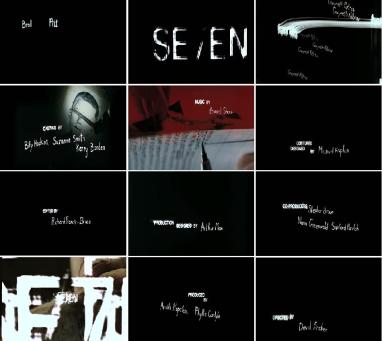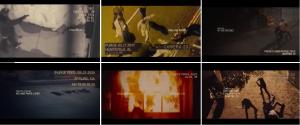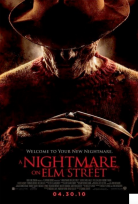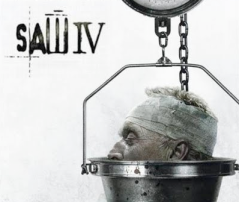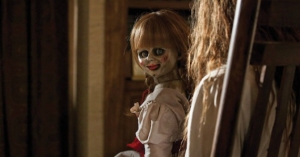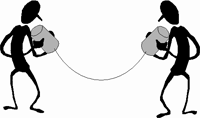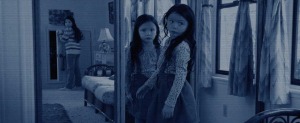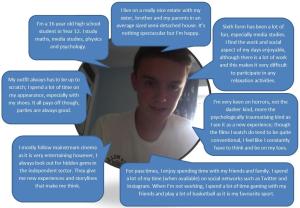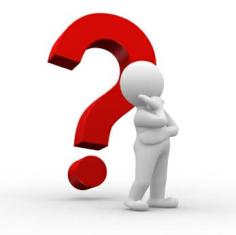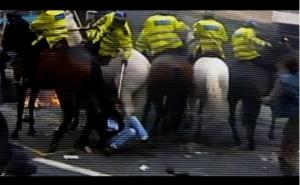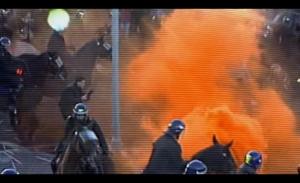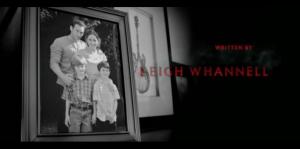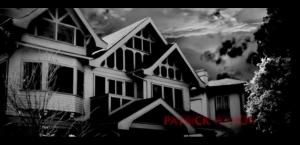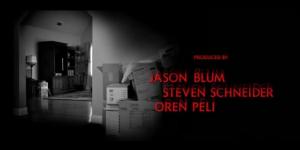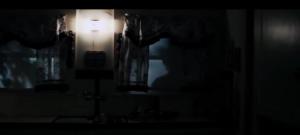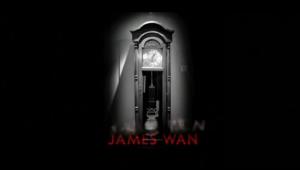As part of the process in producing a successful new movie opening sequence, I have been inclined to conduct some audience feedback research; this will allow me to alter any ideas within the film to the preferences of my target audience and take into consideration any suggestions that they may have to improve the success of the final product.
Question One
Question one, informing me about the sub-genre preferences of the target audience, suggests that the majority of people within my target audience are more enticed by a supernatural horror movie as opposed to gore or slasher. With the aid of this information, illustrated below, I have decided to continue with focusing on my idea of a supernatural horror.
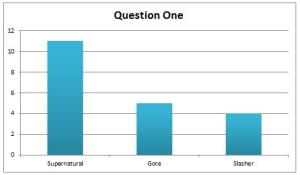
Question Two
This is a chart measuring what the target audience are most afraid of. There is a clear indication that using young children or a figure that represents a young child would engage a fearful reaction that I will be attempting to provoke in my opening sequence from the majority of my target audience. This should, in turn, result in a more successful production.
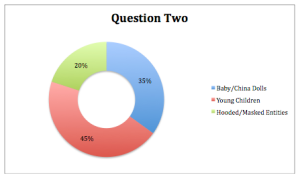
Question Three
These results imply that the representation of the location and setting is deemed more significant and important to be established in the opening sequence over the establishment of characters. I will be making sure that the setting is made clear and I portray it to have an eerie atmosphere to create more tension.
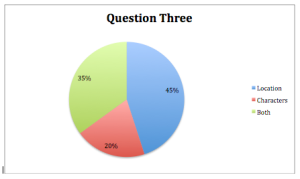
Question Four
Generally, the responses to this question suggest that the majority of my target audience typically expect high-pitched sounds:
Along with a few others: Heartbeats, echoing, distraught voices. In response to these, I will be attempting to implement as many of these as I can without taking the film out of context. The use of screaming and distraught, echoed voices seems like it would be more appropriate for the scene I picture.
Question Five
I will be moderating my use of dialogue throughout my opening sequence as the target audience believe that this is the most conventional and presumably most effective choice for the genre. I understand that using little dialogue and possible silences can encourage an unsettling atmosphere to overwhelm the audience and this will contribute to the build up for the jump scare that I intend to implement.
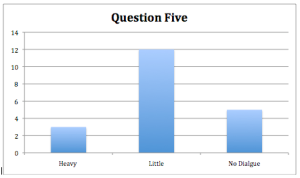
Question Six
In terms of factors that help build tension, the results suggest that the faster the editing and the shorter the shots, the higher the build up of tension. Paired with the tense audio I intend to include, there should be a clear sense of suspense being built-in my opening sequence.
Question Seven
The results for question seven were very close with 45% of participants believing that titles interrupt the tense atmosphere that, conventionally, horror movies create throughout the opening sequence. However, the other 55% believe otherwise and this, paired with my own personal opinion that titles between shots encourage a tension to be created due to the pause of the footage being almost a suspense building element, has meant that I intend to include them in my final coursework piece.
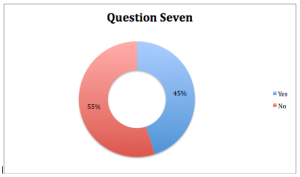
Question Eight
Supporting my personal views, the results from question eight reflect the idea of having titles between shots is more favoured by my target audience and obviously, a reason for this may be that they empathise with my opinion that this format for the titles further builds suspense and tension. There’s also another possible reason; the target audience may believe that having credits over footage is obstructive. Regardless of the reasons, I will be including the titles between cuts due to the majorities opinions.

Question Nine
In regards to the use of filters, the majority decided that they would to prefer to see a dark filter which actually came as a surprise to me. I had anticipated that more people would have leaned towards a night-vision filter similar to that of ‘Paranormal Activities.’ However, there has been a clear indication that the use of a dark filter is preferred by my target audience so I will be taking this into consideration when editing my final product.
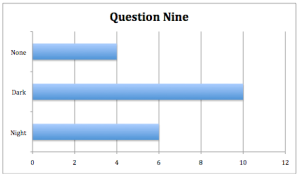
Question Ten
This broad question received few replies, although there was one answer that stood out greatly, ‘Don’t reveal/show too much‘. A mystery factor in the horror genre seems to be quite conventional and appropriate. It raises enigma codes for the audience suggesting that they are focusing more on the footage, unaware of what could happen and are constantly ‘on the edge of their seat’. All of these components combined will help elevate the fright element I intend to convey so I will definitely take this response into consideration when planning my opening sequence in more depth.

